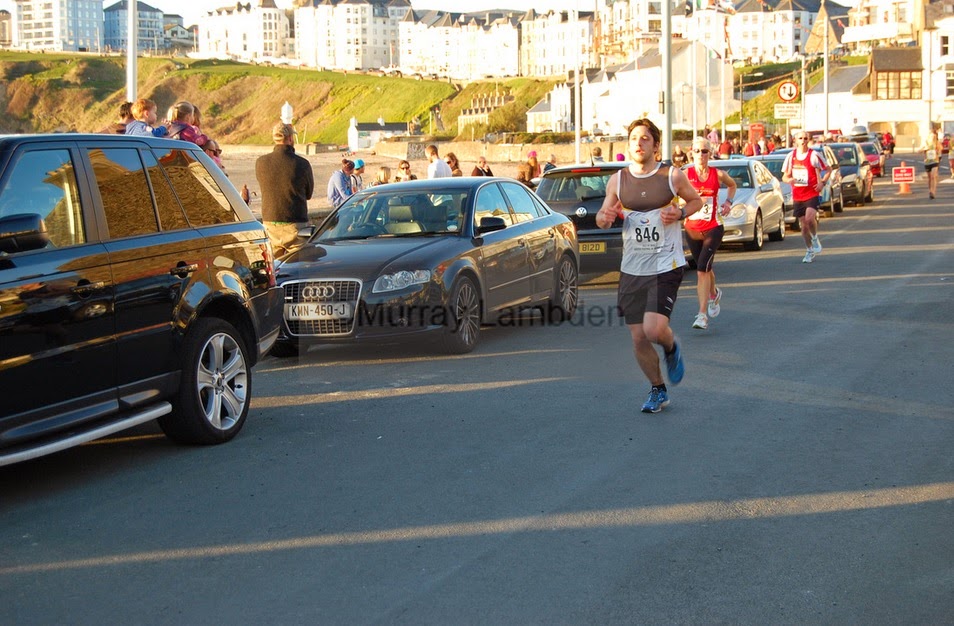As luck(?) would have it, Ira Rainey (one of them there Twitter folk: @IraRainey) was run director for the day, so I had a ready source of information for the event, and it would be a good excuse to meet him face to face. (In a public environment, in case he turned out to be a mad axe-murderer.) He proved to both supply good information, recommending trail shoes rather than road shoes, and not be a mad axe-murderer (at least, not on a Saturday morning...)
 |
| A cold and frosty morning for a run. (Credit: Ira Rainey) |
Pomphrey Hill is quite a small parkrun, typically attracting less than 100 runners: with this in mind, and a look at previous results, I knew that I should be running in and around the top 10, an unusually lofty position, and one that normally means I've set off far too fast!
So, the course:
In many ways, of the local parkruns I've done in the past couple of months, this one was most similar to our own at Longrun Meadow. It was run entirely on paths around a playing field, though they varied between light gravel, tarmac and bark. The major difference was the hill. Longrun Meadow is pretty pancake like. Pomphrey Hill, as the name might suggest, is not. The cry of "Up Pomphrey!" during the run briefing gave me the idea that this possibly was not "just" a hill. Actually, as Ira pointed out at the end, it's only actually just under 40 ft of climb. However, the steepness, combined with the fact that this was the spongy bark-covered part of the course made it more sapping than perhaps it should have been. Of course, what goes up must come down, and in its own way, the descent was as difficult as the ascent: the frosty morning meant that despite the salt that had been put down, footing was a little hairy on the tarmac path back down the hill.
The great advantage of multiple laps is the obvious fact that after the first time around, you know what's coming and can adjust your pace in anticipation: be that slowing for a hill, or accelerating because there isn't far left. The disadvantage is that when you have just got to the top of a hill, you are aware that you still have to run up it another twice!! Still, on balance I think I actually quite enjoyed the shorter laps, as it helped me to maintain a more consistent pace than I typically manage at Longrun Meadow.
Back to my run:
I spent much of the race in tenth place, and pushed up to eighth on the climb Up Pomphrey on the final lap. Despite actually being slower up and down the hill on my third lap, I held on to eighth place, and even put in a trademark sprint finish to cement it. Once I'd finished I looped back on the course a little bit to cheer on my wife, who was coming around to start her final lap, and had a chat to a couple of the other runners. Unsurprisingly for a parkrun, particularly a small one, everyone was very friendly and chatty: it's great to be part of such a nice community, even when miles from home!
Final analysis: I finished in 21:05, my second fastest parkrun anywhere, which was something of a surprise given how much harder the course felt (and the fact that my watch said 21:22, but no more about that!) My wife completed her first parkrun since July, since when she has been beset with chest problems. All in all, a good fun morning, and a course we both want to go back to.



















.JPG)





